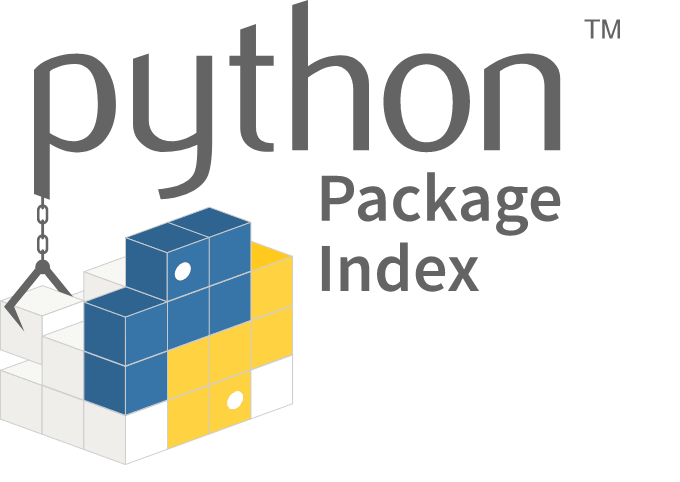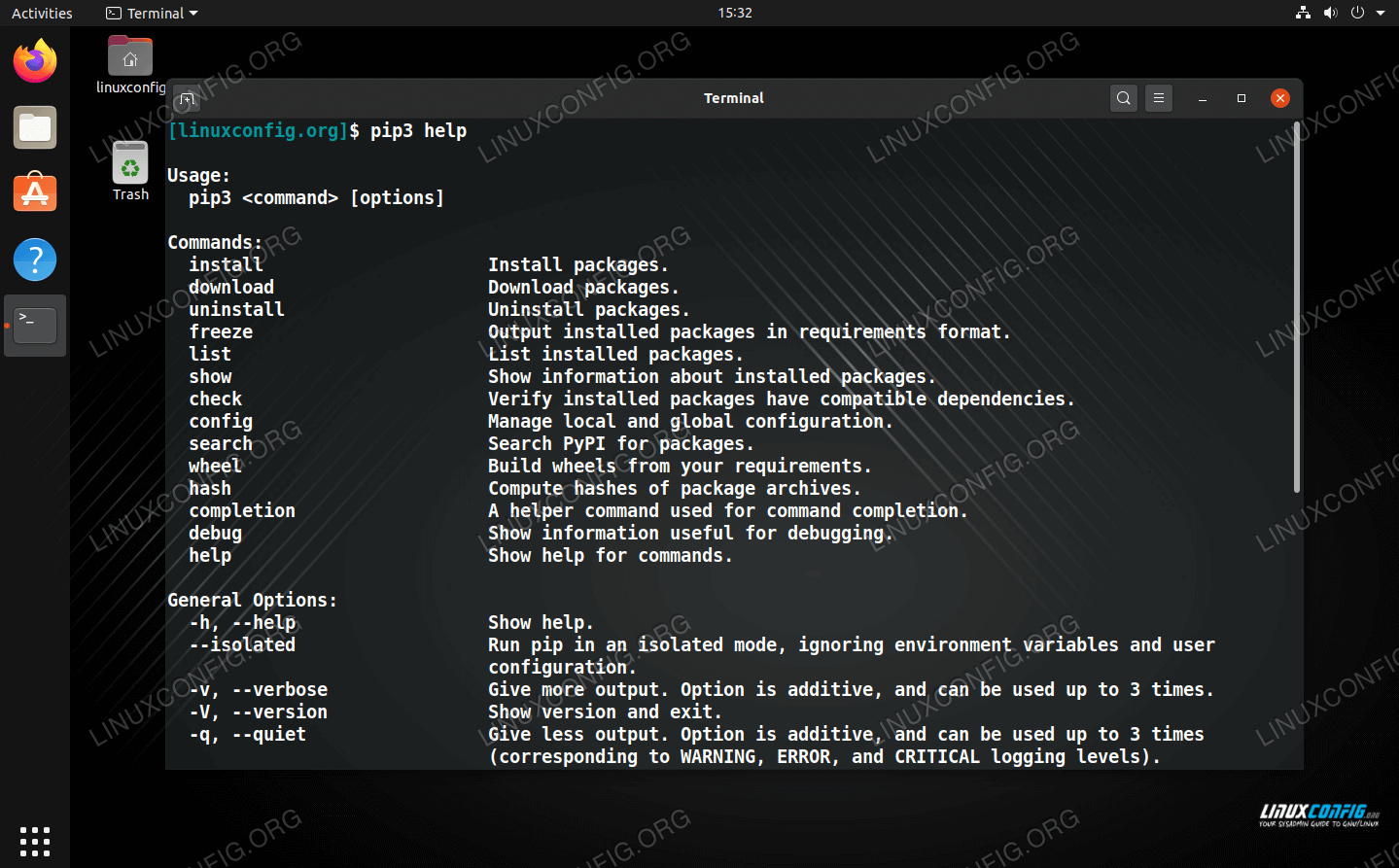
- HOW TO INSTALL PIP3 ON DEBIAN HOW TO
- HOW TO INSTALL PIP3 ON DEBIAN UPDATE
- HOW TO INSTALL PIP3 ON DEBIAN UPGRADE
- HOW TO INSTALL PIP3 ON DEBIAN SOFTWARE
- HOW TO INSTALL PIP3 ON DEBIAN DOWNLOAD
To ask any questions relating to this topic, please take advantage of the feedback form below.
HOW TO INSTALL PIP3 ON DEBIAN HOW TO
In this article, we showed you how to install PIP on mainstream Linux distributions.

Show Show information about installed packages.Ĭheck Verify installed packages have compatible dependencies. To see a list of all commands type: # pip helpįreeze Output installed packages in requirements format. To install, uninstall or search new packages, use these commands. Install PIP on openSUSE # zypper install python-pip #Python 2 Install PIP on Arch Linux # pacman -S python2-pip #Python 2 Install PIP on Fedora # dnf install python-pip #Python 2 So you need to enable the EPEL repository and then install it like this. Next, run the command below to install Python 3 header files as well as Pip a reliable Python package manager: sudo apt install python3-pip python3-dev.
HOW TO INSTALL PIP3 ON DEBIAN SOFTWARE
Unluckily, pip is not packaged in official software repositories of CentOS/RHEL. The first step, when installing Jupyter Notebook on your Debian 9 server is updating your local apt package index: sudo apt update. If it not already present, this will install Python for you. To install pip in Linux, run the appropriate command for your distribution as follows: Install PIP On Debian/Ubuntu # apt install python-pip #python 2 Install either python3-sphinx using apt-get: apt-get install python3-sphinx. Note: We will run all commands as the root user, if you are managing your system as a normal user, then use the sudo command to get root privileges or you can as well configure your system to run sudo command without entering a password, it’s possible. In this article, we will explain how to install PIP on mainstream Linux distributions. Suggested Read: How to Install Latest Python 3.6 Version in Linux In an elevated PowerShell or command line with administrative access, type python get-pip.py to automatically install PIP.Pip (recursive acronym for “ Pip Installs Packages” or “ Pip Installs Python“) is a cross-platform package manager for installing and managing Python packages (which can be found in the Python Package Index ( PyPI)) that comes with Python 2 >=2.7.9 or Python 3 >=3.4 binaries that are downloaded from.
HOW TO INSTALL PIP3 ON DEBIAN DOWNLOAD
HOW TO INSTALL PIP3 ON DEBIAN UPDATE
If you’re working with Python 3 in your projects, then run the command below to install Pip for Python 3 in Debian: sudo apt update sudo apt install python3-venv python3-pip. Unlike Linux, Windows doesn’t come with Python pre-installed. Install Pip for Python 3 on Debian 11/10/9. Once downloaded, type python get-pip.py to run the automatic installation script.

To install PIP manually, open a terminal and type curl -o get-pip.py.Type sudo dnf install python3 python3-wheel for Python 3.x installations.
HOW TO INSTALL PIP3 ON DEBIAN UPGRADE

Type sudo apt install python3-pip for Python 3.x installations. To install Python PIP on Ubuntu or Debian-based distributions, open a terminal and type sudo apt install python-pip for Python 2.x.Here’s how to install PIP on various Linux platforms. For Python versions below 2.7.9 or 3.4, installing Python PIP on Linux will depend on the system package manager in use.


 0 kommentar(er)
0 kommentar(er)
